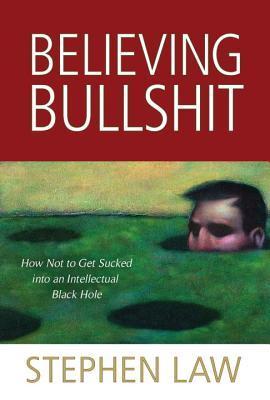
Why People Believe Weird Things: Pseudoscience, Superstition, and Other Confusions of Our Time
Book Description
What makes the mind cling to the bizarre, the irrational, and the outright unbelievable? In "Why People Believe Weird Things," Michael Shermer embarks on a thrilling exploration of the tangled web of pseudoscience, superstition, and cognitive bias that ensnares even the brightest among us. With gripping anecdotes and piercing insights, Shermer exposes the mental traps that deceive and distract, unraveling the reasons behind our most peculiar beliefs. As he navigates this murky realm, a pivotal question looms: could the very fabric of our understanding be woven from threads of confusion and fear?
Quick Book Summary
"Why People Believe Weird Things" by Michael Shermer examines the psychological and social mechanisms that predispose people to irrational and pseudoscientific thinking. Drawing on examples from the paranormal, conspiracy theories, and pseudoscientific claims, Shermer reveals how cognitive biases, social influences, and emotional needs contribute to our ability to believe things that are demonstrably false. The book not only explores the history and appeal of such beliefs but also offers insight into the scientific method as an antidote to these errors. Shermer lays out how critical thinking skills, skepticism, and a deeper understanding of human psychology are essential for navigating a world filled with misinformation and superstition, emphasizing the importance of education and self-awareness in avoiding intellectual pitfalls.
Summary of Key Ideas
Table of Contents
The Lure of Pseudoscience and Superstition
Michael Shermer begins by exploring humanity’s enduring fascination with the irrational. From paranormal phenomena and Atlantis myths to Holocaust denial and alien abductions, he illustrates how pseudoscientific claims persist across cultures and generations. These beliefs often fill emotional voids or provide a sense of control and purpose. Shermer argues that the desire for meaning and explanation, especially in uncertain situations, is a powerful motivator that primes the mind for accepting extraordinary claims without sufficient evidence.
Cognitive Bias and the Psychology of Belief
Shermer dives into cognitive biases—mental shortcuts our brains use to process information but which often lead us astray. He highlights confirmation bias, patternicity (seeing meaning where there is none), and hindsight bias as fundamental factors in why intelligent people can hold irrational beliefs. Through entertaining anecdotes and real-world examples, such as people recalling miraculous events poorly or misinterpreting coincidences as causation, Shermer explains how these biases shape perceptions and reinforce existing worldviews.
Social Influence and Cultural Forces
Next, Shermer examines the influence of group dynamics and cultural narratives. Social reinforcement, peer pressure, and authority figures all play roles in legitimizing weird beliefs. He explores how charismatic leaders, propaganda, and mass media can amplify pseudoscientific ideas, making them appear credible. Cultural myths and shared stories also help propagate irrational beliefs, embedding them into society and making it difficult for rational arguments to change minds—especially when belonging to a group is at stake.
The Role of Critical Thinking and Skepticism
Shermer emphasizes the importance of scientific skepticism and critical thinking as tools to counteract pseudoscience. He discusses the principles underlying the scientific method, including falsifiability, replicability, and skepticism, and how these guardrails protect us from deception. By applying critical thinking skills—questioning evidence, seeking alternative explanations, and recognizing our own fallibility—individuals can resist the allure of bizarre beliefs. He advocates for education that prioritizes scientific literacy and rational inquiry to help inoculate against misinformation.
The book concludes by reflecting on the broader implications of these patterns. Shermer acknowledges that some degree of belief in the unusual is natural, even essential to imagination and creativity, but argues that unchecked credulity undermines societal progress. He calls for personal responsibility in seeking truth, cultivating humility, and remaining open to new evidence. Ultimately, the message is clear: understanding the mechanisms that lead to weird beliefs can empower individuals and societies to make better, more informed decisions.
Download This Summary
Get a free PDF of this summary instantly — no email required.





